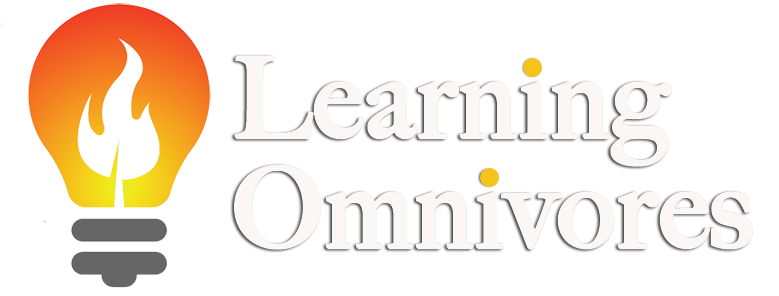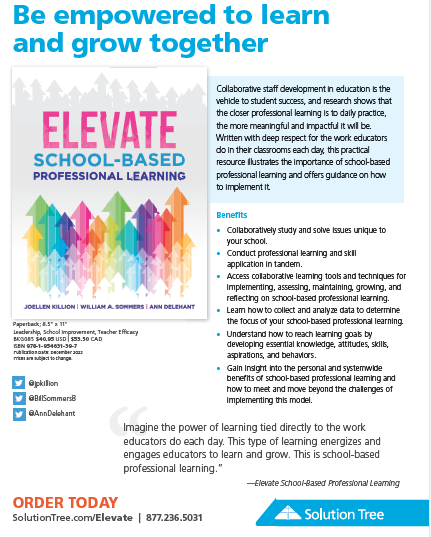Bill’s Next Top Ten
Bill’s Second Ten of Must Reads
Wisdom of the Bullfrog – Admiral William McRaven
Here are two quotes that really got my attention.
- “No Plan Survives First Contact with the Enemy.”
- “A Shepherd Should Smell Like His Sheep.” Pope Francis
The book has many good ideas about teamwork, creativity, and leadership. Read a short summary at https://learningomnivores.com/what-were-reading/wisdom-of-the-bullfrog/
Inclusify – Stephanie Johnson
Good strategies on diversity, equity, and inclusion. I really like the idea of thinking of ‘head winds’ and ‘tail winds’ students and adults face while striving to success. A short summary is posted at https://learningomnivores.com/what-were-reading/inclusify/
Chief Joy Officer – Rich Sheridan
I first read Joy, Inc. https://learningomnivores.com/what-were-reading/joy-inc/
I called Richard Sheridan to spend a day at Menlo because I couldn’t believe some of the ideas on creating a joyful organization. I went, ALL TRUE. His latest book, Chief Joy Officer provides more thoughts on leadership. https://learningomnivores.com/what-were-reading/chief-joy-officer/
Conscious Classrooms – Allison Briceño and Claudia Rodriguez-Mojica
If you are looking for resources for students to enhance our teaching about diversity, equity, etc., this book is for you. It will save you time by providing useful teaching content and strategies K-12. https://learningomnivores.com/what-were-reading/conscious-classrooms/
Unlocked Leader – Hortense Le Gentil
Frank Wagner suggested this book. I had never heard of the author or the book. If you are a coach or interested in personal improvement, get this book. Not only is the content relevant, but the activities are also perfect for elevating leadership and being a respectful human being.
What School Could Be – Ted Dintersmith
Tony Wagner introduced me to this book. Tony and Ted had written ‘Most Likely to Succeed.’ Dintersmith took a year, visited every one of the 50 states in the USA, and found schools that were attracting students. When coaching leaders in schools and districts, I hear complaining about competition for the public schools. Yes, and it is not going to change. Compete for crying out loud. This book provides many ways local districts have provided alternatives for students. https://learningomnivores.com/what-were-reading/what-school-could-be/
Star Profile – Jathan Janove
Along with Jathan’s ‘Hard-Won Wisdom’ my recommendation is the read both. When I ask, ‘ what are you looking for in new hires?’ sometimes a blank stare comes back. If I don’t know what a start performer is, what standard will I use to determine who is the best hire? Hard-Won Wisdom has specific strategies for leaders. Short summaries are below.
https://learningomnivores.com/what-were-reading/star-profile/
https://learningomnivores.com/what-were-reading/hard-won-wisdom/
Collaborative Professionalism – Andy Hargreaves & Michael O’Connor
Along with Jon Saphier, Andy Hargreaves is one who I read most often in education. Hargreaves global perspective, deep research base, and practical applications are extremely helpful. I am behind on his last two books although I have read 5 or 6 before this one. If you want to increase learning for staff, this book is for you. As Art Costa told me years ago, ‘if you don’t create a mentally stimulating environment for staff, why do you think they will create it for students?’ AMEN https://learningomnivores.com/what-were-reading/collaborative-professionalism/
Unleashed – Frances Frei & Anne Morriss
This book makes the case for leaders. If, as a leader, you think it is about you and your talents, Get Over It (Eagle Song Title). It is not about YOU. It is about THEM, your staff, your students, your parents. Yes ,leaders must model values and ethics. A leader elevates everyone around them. It is not for the leader’s ego. As Chris Coffey told me years ago when working with leaders who think it is about them, ‘too much ego, amigo.’ Ryan Holiday has written a book ‘Ego is the Enemy.’
Art of Insubordination – Todd Kashdan
Here are three reasons to listen to edge thinkers who have principles to hold on to:
- Reason 1: Principled Insubordination Neutralizes Our Cognitive Biases
- Reason 2: Principled Insubordination Boosts Creativity
- Reason 3: Insubordination Breeds Even More Insubordination [more ideas]
This book provides way that creative thinkers can enhance leadership and organizations, not tear it down.
Impact Players – Liz Wiseman
Three different categories of contributors from the book:
- High-impact contributors: Those who are doing work of exceptional value and impact.
- Typical contributors: Smart, talented people who are doing solid (if not great) work.
- Under-contributors: Smart, talented people who are playing below their capability level.
Do not stop with this Wiseman book. Read Wiseman’s ‘Multipliers’ and ‘Smart Rookies’ as well.



